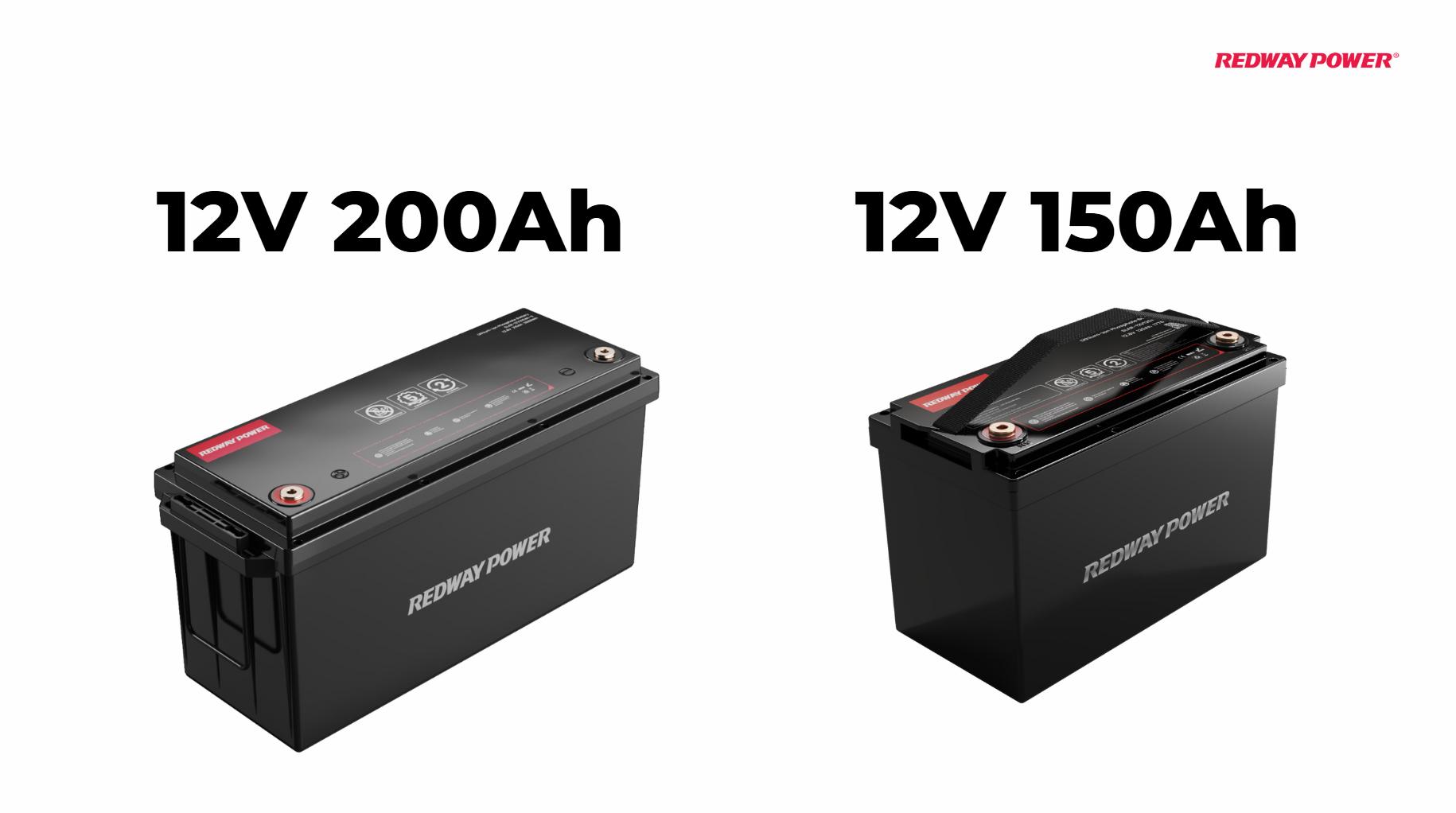When considering whether to connect a 150Ah battery with a 200Ah battery, it’s crucial to understand that mixing different capacity batteries can lead to performance issues and safety hazards. Generally, it is not recommended due to potential imbalances that could result in overcharging or premature discharge.
Why Is It Not Recommended to Connect Batteries of Different Capacities?
Connecting batteries of different capacities is discouraged primarily because it leads to imbalances during charging and discharging cycles. The smaller capacity battery may become overcharged while the larger one remains underutilized, resulting in reduced overall efficiency and lifespan.
What Happens When You Connect Different Capacity Batteries in Series?
In a series configuration, connecting a 150Ah battery with a 200Ah battery means that the overall capacity will be limited by the smaller battery (150Ah). This can cause the smaller battery to deplete faster than its larger counterpart, leading to potential damage from over-discharge.Impact of Series Connection
Wholesale lithium golf cart batteries with 10-year life? Check here.
| Configuration | Overall Capacity | Performance Impact |
|---|---|---|
| 150Ah + 200Ah (Series) | 150Ah | Smaller battery may over-discharge |
| 200Ah + 150Ah (Series) | 150Ah | Same issue; limited by smaller capacity |
How Do Different Capacities Affect Battery Performance?
Different capacities affect performance by creating disparities in charge and discharge rates. The smaller battery will reach its minimum voltage sooner, which can lead to inefficiencies and potential damage if not carefully monitored.
What Are the Risks of Connecting Batteries in Parallel?
When connecting batteries in parallel, differing capacities can result in uneven charging rates where the higher capacity battery may dominate the load, leading to premature failure of the lower capacity unit due to over-discharge or excessive strain.Risks of Parallel Connection
Want OEM lithium forklift batteries at wholesale prices? Check here.
| Configuration | Overall Effect | Potential Issues |
|---|---|---|
| 150Ah + 200Ah (Parallel) | Combined capacity = 350Ah | Over-discharge risk for 150Ah battery |
| Inefficient charging dynamics |
Are There Safe Practices for Mixing Battery Capacities?
If one must connect batteries of different capacities, it is crucial to ensure they have similar states of charge before connection, use appropriate fuses, and consider implementing a battery management system (BMS) for monitoring.
What Should You Consider Before Connecting Batteries Together?
Before connecting batteries together, consider factors such as their state of charge, age, chemistry type (e.g., lithium vs lead-acid), and manufacturer specifications to ensure compatibility and safety.
How Can You Monitor Battery Health When Mixing Capacities?
Monitoring can be done through regular voltage checks and using a BMS that provides real-time data on each battery’s performance, helping prevent issues related to imbalances.
What Are the Alternatives to Mixing Different Capacity Batteries?
Instead of mixing capacities, consider using batteries with identical specifications or creating dedicated banks for each capacity type to maintain optimal performance without risk.
What Are the Best Practices for Charging Mixed Capacity Batteries?
Charging mixed capacity batteries should involve ensuring they are at similar charge levels before connection and using chargers designed specifically for lithium-ion or lead-acid technologies depending on your setup.
How Do Battery Management Systems Help with Mixed Configurations?
Battery management systems help by balancing charge levels across different batteries, preventing overcharging or excessive discharging while providing essential data on health and performance.
What Types of Batteries Should Never Be Mixed?
It is generally advised not to mix different chemistries (e.g., lithium-ion with lead-acid) or significantly different aged batteries as this can lead to severe performance issues and safety hazards.
Expert Views
“Mixing batteries with different capacities can lead to significant risks,” warns a battery technology expert. “For optimal safety and longevity, always use batteries that match in both capacity and voltage.”
FAQs
- Can I connect a 150Ah battery with a 200Ah battery?
While technically possible, it is not recommended due to potential imbalances during charging and discharging. - What happens if I connect mismatched batteries?
The smaller battery may over-discharge or overcharge, leading to inefficiencies and possible damage. - How can I safely connect batteries of different capacities?
Ensure they have similar states of charge before connecting and consider using a BMS for monitoring.
100ah and 200ah Lithium Batteries, Parallel Connection Discharge Test
More FAQs
- Can 150Ah and 200Ah batteries be connected in parallel?
Yes, you can connect 150Ah and 200Ah batteries in parallel. However, it’s essential to ensure that both batteries are of the same voltage and type. Mixing different capacities may lead to uneven charging and discharging, which can affect performance and battery life. - What’s the legality of connecting 150Ah and 200Ah batteries?
Connecting 150Ah and 200Ah batteries in parallel is generally legal, as long as they are used in compliance with local regulations. Ensure that all connections are safe and that the setup follows any applicable electrical codes to avoid potential hazards. - How does a 150Ah battery differ from a 200Ah battery?
A 150Ah battery has a capacity of 150 amp-hours, while a 200Ah battery has a capacity of 200 amp-hours. This means the 200Ah battery can store more energy and provide power for a longer duration compared to the 150Ah battery. - Which battery is better: 150Ah or 200Ah?
The choice between a 150Ah and a 200Ah battery depends on your power needs. If you require more energy storage for longer usage periods, the 200Ah battery is better. However, if weight and space are concerns, a 150Ah battery may suffice. - Is it safe to drive with a 150Ah vs. 200Ah battery setup?
Yes, it is safe to drive with either a 150Ah or a 200Ah battery setup as long as they are properly installed and maintained. Ensure that both batteries are compatible with your vehicle’s electrical system for optimal performance.






